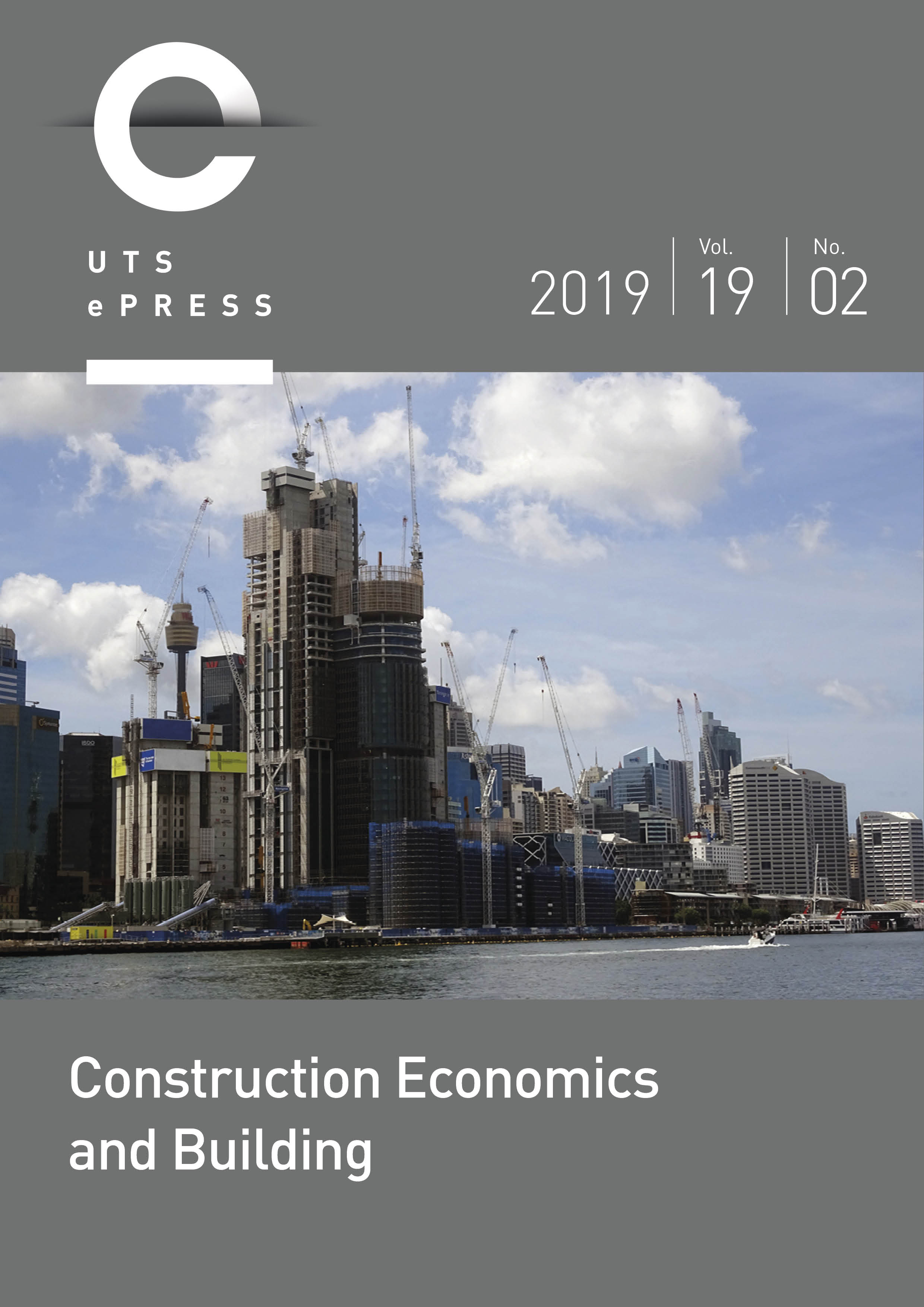Performance of performance specifications in design-build highway projects
Main Article Content
Abstract
Design-build contracts with performance-based specifications are believed to raise productivity and the innovation rate. Such specifications for highway and bridge contracts may create risks, be too detailed or difficult to verify. The purpose has been to analyse how performance-based requirements are used in Swedish design-build contracts for highway projects. How contractors are encouraged to provide innovative technologies is emphasized. Generic documents from the Swedish Transport Administration for design-build contracts have been studied, and case studies of six design-build contracts with performance-based requirements have been made. Technical specifications for these contracts have been analysed and interviews held with both client and contractor project managers. Results include that it is along the time axis that major obstacles to innovation arise. Before the contractor is able to develop innovative solutions, the initial design plan restricts the highway geometry. During construction, a mix of performance and prescriptive requirement formulations is more of a challenge than clashes between performance requirements. The client may avoid performance language, more so for bridges than road surfaces, because of concerns with efficient maintenance in the future. It is recommended that performance-based specifications should be less detailed and that a life cycle view of highway projects should support innovative technologies.
Article Details
Section
Authors who publish with this journal agree to the following terms:
a) Authors retain copyright and grant the journal right of first publication with the work simultaneously licensed under a Creative Commons Attribution License that allows others to share and adapt the work with an acknowledgement of the work's authorship and initial publication in this journal.
b) Authors are able to enter into separate, additional contractual arrangements for the non-exclusive distribution of the journal's published version of the work (e.g., post it to an institutional repository or publish it in a book), with an acknowledgement of its initial publication in this journal.
c) Authors are permitted and encouraged to post their work online (e.g., in institutional repositories or on their website) prior to and during the submission process, as it can lead to productive exchanges, as well as earlier and greater citation of published work (See The Open Access Citation Advantage Service). Where authors include such a work in an institutional repository or on their website (ie. a copy of a work which has been published in a UTS ePRESS journal, or a pre-print or post-print version of that work), we request that they include a statement that acknowledges the UTS ePRESS publication including the name of the journal, the volume number and a web-link to the journal item.
d) Authors should be aware that the Creative Commons Attribution (CC-BY) License permits readers to share (copy and redistribute the work in any medium or format) and adapt (remix, transform, and build upon the work) for any purpose, even commercially, provided they also give appropriate credit to the work, provide a link to the license, and indicate if changes were made. They may do these things in any reasonable manner, but not in any way that suggests you or your publisher endorses their use.
